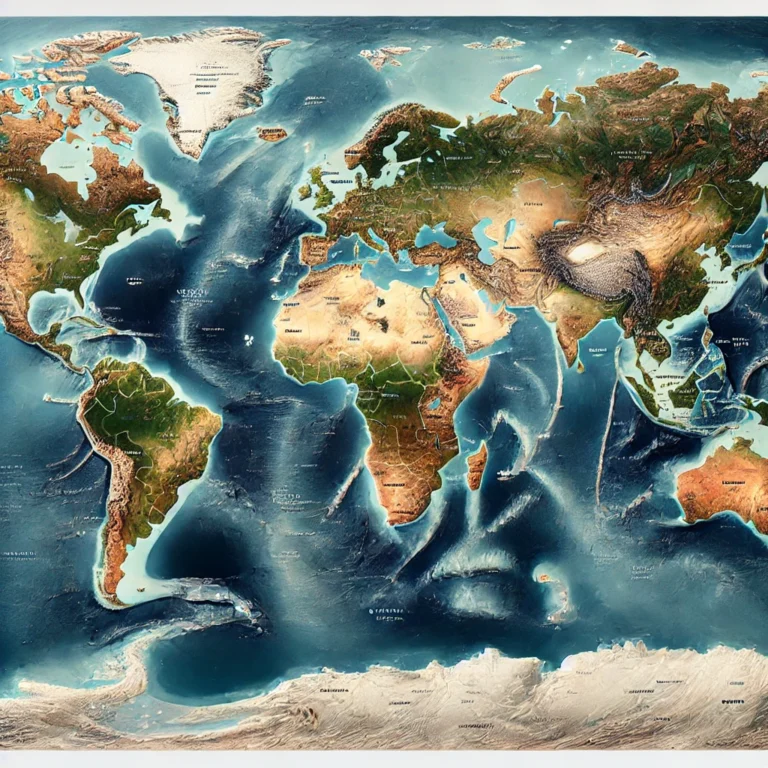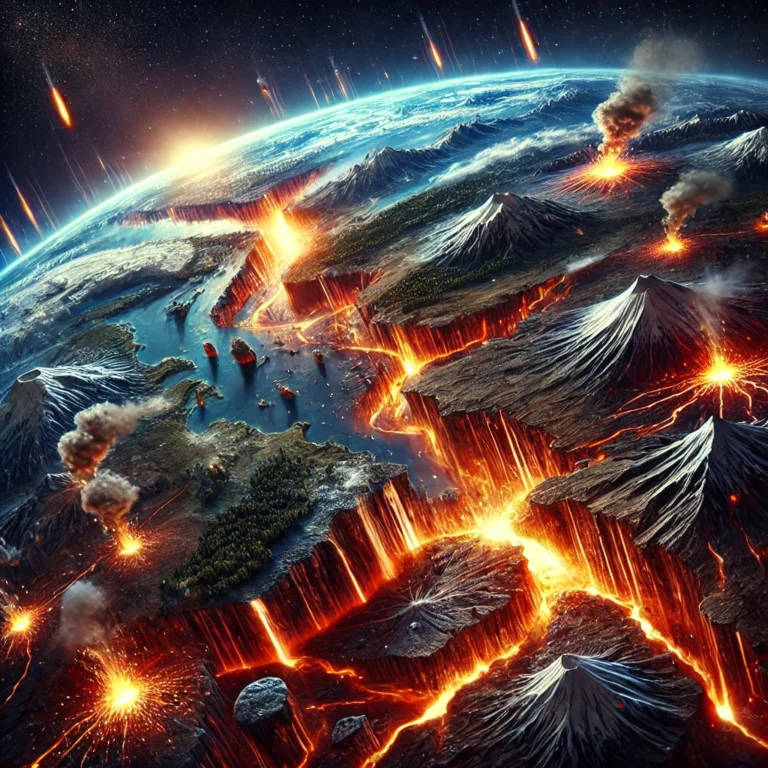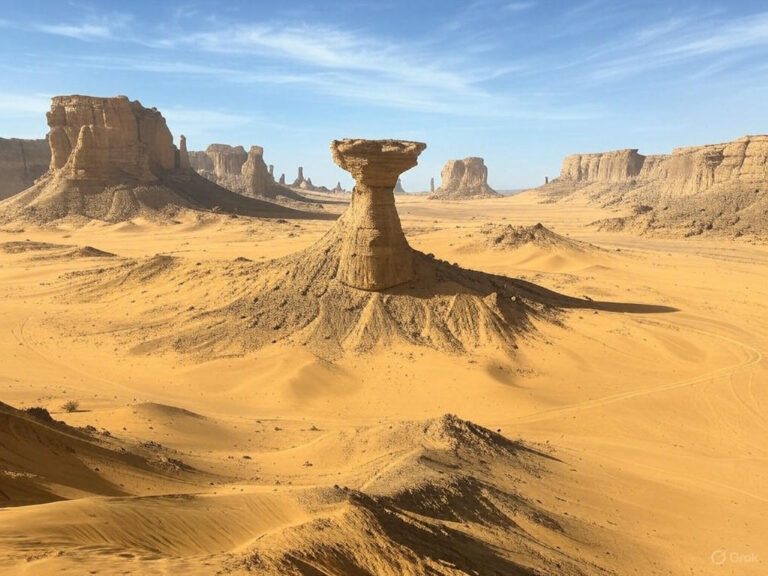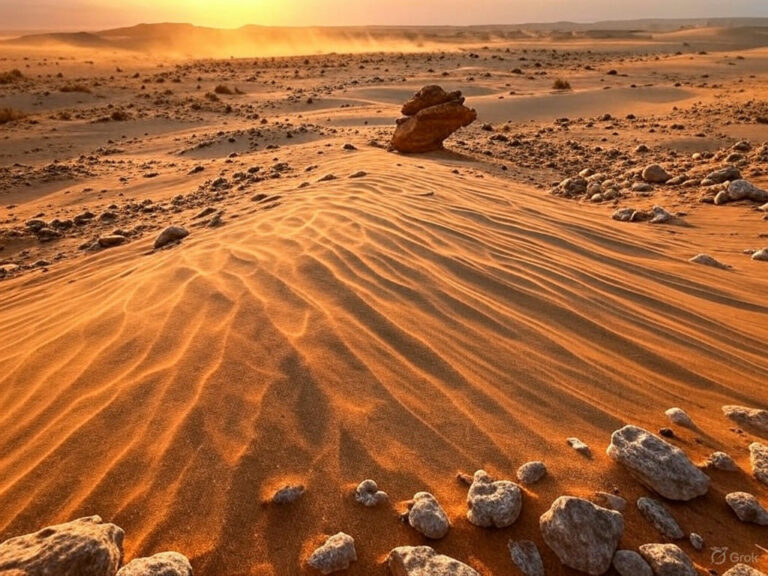Major Rivers of North America

🟩 Missouri River – The Longest River in North America
📍 Length: ~4,090 km
🗺️ Course: From southwestern Montana to St. Louis, Missouri
🔁 Flows into: Mississippi River
🧭 Type: Right-bank tributary of the Mississippi
📌 Key Facts:
- Source: Confluence of three rivers in the Rocky Mountains:
- Jefferson River
- Madison River
- Gallatin River
- Mouth: Joins the Mississippi River near St. Louis
- States it flows through: Montana, North Dakota, South Dakota, Nebraska, Iowa, Kansas, Missouri
💡 Main Tributaries:
- Kansas River
- Niobrara River
- Yellowstone River
🏙️ Important Cities:
- Great Falls (Montana)
- Bismarck (North Dakota)
- Kansas City (Missouri)
- St. Louis (Missouri)
🏗️ Important Dam:
- Garrison Dam (North Dakota) – creates Lake Sakakawea, one of the largest reservoirs in the US
📘 Mnemonic for Flow Path: “Montana Never Stops — It Keeps Moving Southward”
(Montana → North Dakota → South Dakota → Nebraska → Iowa → Kansas → Missouri)
🟦 Mississippi River – The Heartline of the United States
📍 Length: ~3,766 km (alone)
🔁 With Missouri-Jefferson system: ~5,971 km — ranks 4th longest in the world
🧭 Flows into: Gulf of Mexico (via Mississippi River Delta)
📌 Key Facts:
- Source: Lake Itasca, northern Minnesota
- Mouth: Mississippi River Delta, Louisiana
- Direction: Generally north to south
- Significance: Central to U.S. agriculture, transportation, economy, and riverine ecology
💡 Major Tributaries:
- Missouri River (longest tributary)
- Ohio River (eastern tributary)
- Arkansas River
- Red River
- Rock River
🏙️ Major Cities:
- New Orleans (Louisiana)
- Minneapolis (Minnesota)
- St. Louis (Missouri)
🏗️ Major Dams:
- Upper St. Anthony Falls Lock
- Keokuk Dam (Iowa–Illinois border)
📘 Mnemonic for Tributaries: “MORA Rocks”
(Missouri, Ohio, Red, Arkansas, Rock)

🟨 Yukon River
📍 Length: ~3,190 km
🧭 Type: Arctic-draining river
🔁 Flows into: Bering Sea via Norton Sound, Alaska
🧊 Nature: Braided stream, mostly shallow but swells with glacial melt during spring
📌 Key Facts:
- Source: Formed near Atlin Lake and Tagish Lake (British Columbia–Yukon border)
- Mouth: Norton Sound (Bering Sea), western Alaska
- Drainage Basin: Both Canada and the USA
💡 Main Tributaries:
- Teslin River
- White River
- Stewart River
🏙️ Major Cities:
- Dawson City (Yukon, Canada)
- Whitehorse (capital of Yukon Territory)
🏗️ Major Dam:
- Whitehorse Dam (on the Yukon River in Canada)
🧠 Conceptual Note: Yukon River’s flow represents Arctic drainage, unlike Mississippi and Missouri, which are Gulf of Mexico–oriented. It’s also part of the permafrost and subarctic ecological regime.
🟥 Rio Grande – The Border River of North America
📍 Length: ~3,051 km (5th longest in North America)
🔁 Spanish Name: Río Bravo del Norte
🧭 Flows into: Gulf of Mexico
🗺️ Boundary Role: Forms much of the USA–Mexico border
📌 Key Facts:
- Source: San Juan Mountains, Colorado (southern Rockies)
- Mouth: Gulf of Mexico (Atlantic Ocean side)
- Countries: USA and Mexico
- River Basin: Flows through New Mexico and forms the boundary of Texas with Mexican states like Chihuahua, Coahuila, Nuevo León, and Tamaulipas
💡 Tributaries:
- San Juan River (main one)
🏙️ Important Cities:
- Albuquerque
- El Paso (Texas)
- Chihuahua (Mexico)
🏗️ Dams and Reservoirs:
- Lake Toronto
- Falcon Reservoir
- Amistad Dam (joint US–Mexico water project)
💭 Thematic Note: Rio Grande reflects how physical geography (a river) intersects with political geography (international boundary).
🟦 St. Lawrence River – The Gateway to the Atlantic
📍 Length: ~1,197 km
🔁 Type: Estuarine river + lock-canal system
🧭 Flows into: Gulf of St. Lawrence → Atlantic Ocean
🔗 Connects: The Great Lakes to the Atlantic Ocean
📌 Key Facts:
- Source: Outflow from Lake Ontario
- Mouth: Atlantic Ocean, through Eastern Canada
- Drainage Basin: Shared by Canada and USA
- Geological Base: Flows through a mix of Canadian Shield, Appalachian Uplands, and sedimentary basins
💡 Main Tributary:
- Ottawa River
🏙️ Important Cities:
- Montreal (Montreal Protocol held here? Yes or no, just find out 😉)
- Quebec City
- Cornwall
🚢 St. Lawrence Seaway:
- Completed in 1959
- A system of locks, canals, and channels
- Enables deep-draft ocean vessels to travel from Lake Superior to the Atlantic Ocean
- Total navigable length: 15,289 km (Great Lakes + St. Lawrence Seaway)
💭 Conceptual Analogy: St. Lawrence is to North America what the Rhein is to Europe — a commercial marine highway linking inland industry to ocean trade.
🟨 Colorado River
📍 Length: ~2,330 km
🔁 Flows into: Gulf of California (Sea of Cortez), Mexico
🧭 Role: A major river in the arid southwestern USA
📌 Key Facts:
- Source: Continental Divide in the Rocky Mountain National Park, Colorado
- Mouth: Gulf of California, though it now often dries up before reaching due to overuse
- Drainage Basin: USA and Mexico
💡 Main Tributaries:
- Green River
- San Juan River
- Little Colorado River
- Virgin River
🏙️ Important Cities in the Basin:
- Denver
- Las Vegas
- Los Angeles
- San Diego
- Phoenix
- Tucson
🌄 Grand Canyon:
- Located in northern Arizona
- Carved over millions of years by the Colorado River
- Over 400 km long, up to 29 km wide, and more than 1.6 km deep
- Part of the Colorado Plateau
- Lies within the Grand Canyon National Park

💭 Conceptual Insight: The Colorado River is a classic case of fluvial geomorphology—from meandering to vertical erosion, it created some of the most dramatic landforms on Earth.
📊 Comparative Overview:
| River | Length (km) | Source | Mouth | Drains Into | Tributaries / Key Feature | Countries |
| Missouri | ~4,090 | Jefferson-Madison-Gallatin (Montana) | Mississippi River (Missouri) | Gulf of Mexico | Kansas, Niobrara, Yellowstone | USA |
| Mississippi | ~3,766 (solo) | Lake Itasca (Minnesota) | Mississippi Delta (Louisiana) | Gulf of Mexico | Missouri, Ohio, Arkansas, Red, Rock | USA |
| Yukon | ~3,190 | Atlin & Tagish Lakes (Canada) | Norton Sound, Bering Sea (Alaska) | Arctic Ocean (via Bering Sea) | Teslin, White, Stewart | Canada, USA |
| Rio Grande | ~3,051 | San Juan Mountains (Colorado) | Gulf of Mexico | Atlantic Ocean | Forms international boundary | USA, Mexico |
| Colorado | ~2,330 | Rocky Mountains (Colorado) | Gulf of California | Pacific Ocean | Carved Grand Canyon; river in arid region | USA, Mexico |
| St. Lawrence | ~1,197 | Lake Ontario | Gulf of St. Lawrence | Atlantic Ocean | Navigation link from Great Lakes to Atlantic | USA, Canada |
🧠 Some Insights to Note
- The Mississippi–Missouri system defines the interior lowlands, creating the world’s largest commercial inland waterway.
- The Yukon River, though lesser-known, is crucial in the subarctic ecology, indigenous settlements, and gold rush history.
- The Rio Grande is geopolitically sensitive and environmentally stressed.
- The St. Lawrence combines fluvial processes with engineering marvels—a blend of natural river and man-made navigation.
- The Colorado River demonstrates the ecological conflict between overuse (urban water needs) and geological beauty (Grand Canyon).






